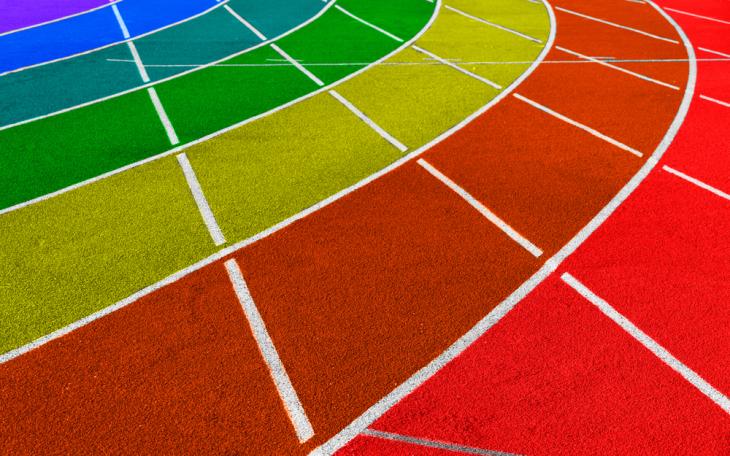February’s global sports events shine a light on lack of LGBTQ+ representation

By Alex Reid
When Matt Stafford and his Los Angeles Rams teammates delivered a Hollywood ending at Superbowl LVI this month, it crowned the ninth different winner of America’s most popular sport in the last eleven years.
The National Football League’s ability to regularly provide different winners, with the creation of new stars every year, is the envy of other global sports.
But whilst many emerging players wrote themselves into the next chapter of the NFL, quietly, a different narrative remained the same.
Since 2011, the NFL has had 32 teams, with a maximum of 53 players per team, or approximately 1,696 players in total. Fast forward a decade and that means a possible 18,656 players could have been involved.
Yet, in that time, there has been only one active player who has publicly come out as gay or bisexual (Carl Nassib).
Back on our side of the pond, February also serves up the Six Nations: one of rugby union’s most anticipated tournaments.
This year, 223 players make up the six squads, with 2,277 players taking part over the past ten years. Yet, a sad similarity emerges with our American counterparts; there has been just one active player to come out as gay or bisexual in the history of British rugby union (Gareth Thomas).
To me, there is an irony, and a sadness, that the winning philosophies in both sports are rooted deeply in the total trust of your teammates, the guaranteed protection they’ll provide one another, where success is based on the sum of all parts. Whilst this support network may exist on the field, evidently, it doesn’t exist often enough off of it.
Individual sports show a concerning similarity; openly gay men on the PGA Tour – one. Openly gay men on the ATP Tour – none.
So, is this trend simply confined to the locker rooms of men’s sports?
The Beijing Winter Olympics was the third major international sporting event taking place this month.
Here, out of 2,871 competitors, there were at least 36 openly LGBTQ+ athletes, double the amount who competed in 2018.
Not only is the increased representation welcome, it is all the more admirable given China provides no anti-discrimination protections for members of the LGBTQ+ community, nor does it prohibit hate crimes based on sexual orientation and gender identity.
Of course, sexuality is never simply measured in numbers, but as LGBTQ+ History Month draws to a close, these sporting events serve us a timely reminder that there is still a long way to go to make sport an arena in which all sexual orientations and identifications feel confident enough to thrive.









